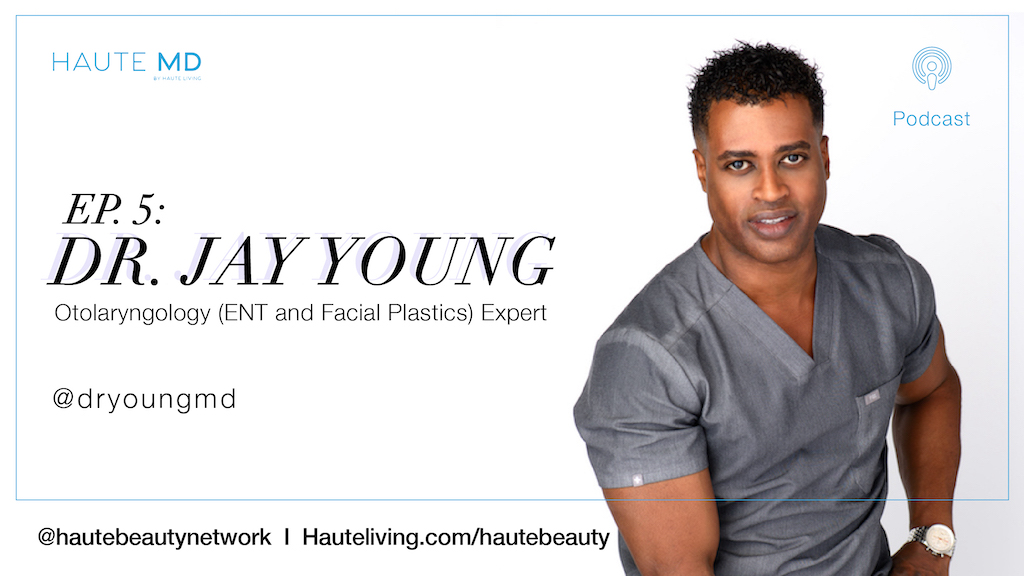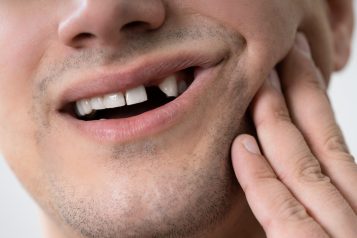
As Haute Beauty continues its “Chat with Haute Beauty Leaders” series, Haute Media Group Cofounder Seth Semilof hosted a discussion with Dr. Jay Young, a representative of the Haute MD Network in the Miami/Fort Lauderdale market.
The interview fostered discussions surrounding Dr. Young’s educational background, his strong work ethic, and how he stays up-to-date with the latest technology.
Dr. Jay Young graduated from Tulane University with a degree in Biomedical Engineering. From there, he earned a full-tuition scholarship to medical school. Dr. Young then completed his internship and residency in otolaryngology head and neck surgery at the prestigious Vanderbilt University Medical Center. He earned one of the highest scores in the country on the training examination, scoring in the highest 9th stanine.
Here are some of the questions and answers from the exclusive interview with Dr. Young:
Seth Semilof: Did you know you wanted to get into the medical field in high school?
Dr. Jay Young: It was much earlier than that. I was 5-6 years old when I knew I wanted to be a surgeon. I always had that vision and that passion. Even though I didn’t have direct family members or close family members that were in medicine, it was just something about the idea of being a surgeon that drew me in at a very, very early age.
SS: Do you have any mentors that meant a lot to you? Who impacted you the most?
DJY: Most of my mentors were from Vanderbilt. The ones that had the biggest impact on my career were Jim, a very famous head and neck surgeon. Another mentor Russell taught me many techniques not just in the operating room but how to take care of patients and knowing when not to operate. Those two stood out to me the most because of the opportunities to learn from not just a clinical aspect, but the surgical aspect and the personal aspect of how to treat patients.
SS: How has technology changed since you left school to now? Where do you see technology going in the future?
DJY: Minimally invasive! A lot of devices that took a full size of a room or devices that were 5-6 feet high are now miniaturized. The technology itself has led to minimally invasive techniques with radiofrequency to the balloon catheter devices that are similar to the devices that are used for cardiac catheterizations. That technology has been employed for the nose and the sinuses and you don’t have to do the cutting that you had to before and remove a ton of tissue.
Watch the interview below:
For more information, visit Dr. Brian A. Levine's social media:

























